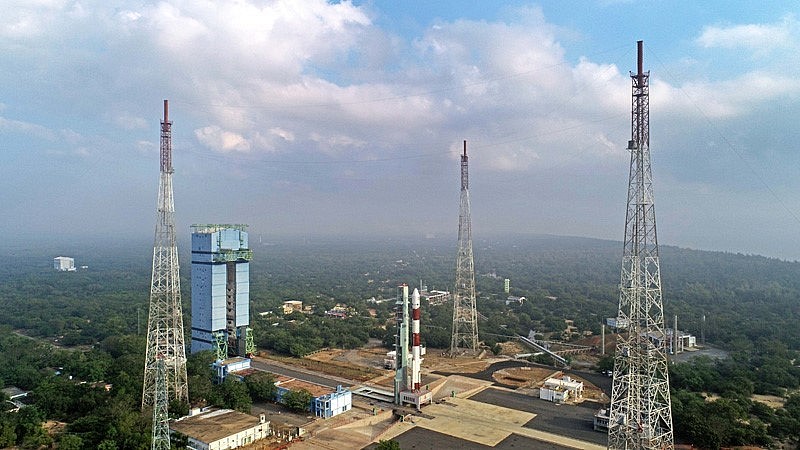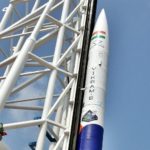 |
On Monday (January 1, 2024), the Indian Space Research Organisation (ISRO) will launch the X-Ray Polarimeter Satellite (XPoSat), the country’s first dedicated polarimetry mission. The XPoSat mission aims to study various dynamics of bright astronomical X-ray sources in extreme conditions. The launch will take place from the first launch-pad, SDSC-SHAR, Sriharikota at 09:10 Hrs. IST.
The ISRO website states, “The emission mechanism from various astronomical sources such as blackhole, neutron stars, active galactic nuclei, pulsar wind nebulae etc. originates from complex physical processes and are challenging to understand.”
XPoSat is equipped with two scientific payloads, POLIX (Polarimeter Instrument in X-rays) and XSPECT (X-ray SPECtroscopy and Timing). POLIX measures the polarimetry parameters (degree and angle of polarization) in the medium X-ray energy range of 8-30 keV photons of astronomical origin. It will observe about 40 bright astronomical sources of different categories during its planned lifetime of approximately 5 years.
The collimator restricts the field of view to 3 degrees x 3 degrees, allowing only one bright source in the field of view for most observations. This ensures accurate measurements and data collection.
Meanwhile, XSPECT provides fast timing and good spectroscopic resolution in soft X-rays. It enables long-term monitoring of spectral state changes in continuum emission, changes in line flux and profile, and simultaneous long-term temporal monitoring of soft X-ray emission in the X-ray energy range 0.8-15 keV.
XSPECT is equipped with an array of Swept Charge Devices (SCDs) that provide an effective area of more than 30 cm2 at 6 keV with energy resolution better than 200 eV at 6 keV. Passive collimators narrow the field of view of XSPECT, reducing background interference.
The XPoSat mission will facilitate the understanding of complex physical processes associated with various astronomical sources and contribute to advancements in X-ray astronomy.








